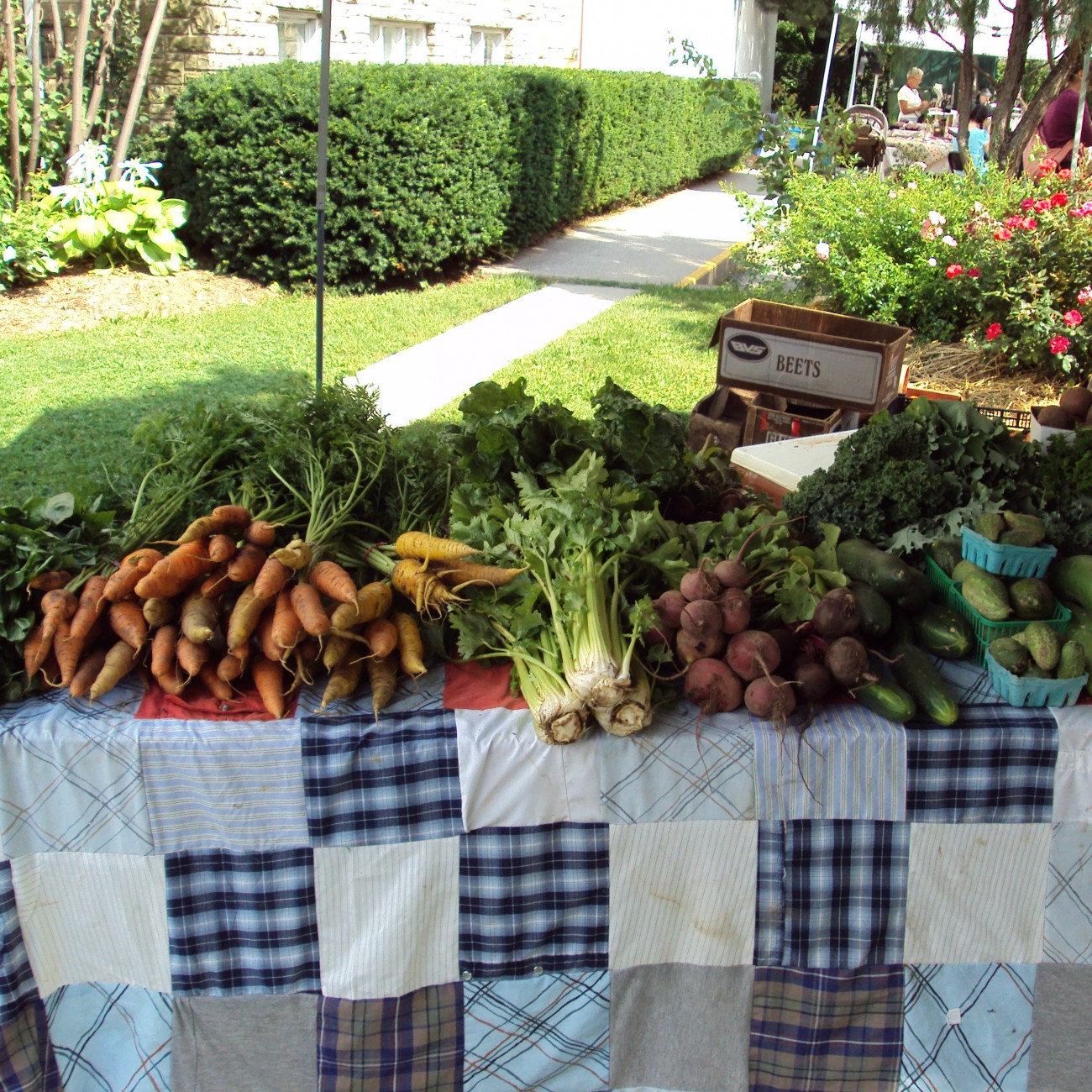Eating Well on a Shoestring Budget
7 ways to maximize your meals and minimize your budget

Eating healthy can be expensive because the cost of meat and fresh produce has gone up so significantly in recent years. However, it really doesn’t have to be that way. As we head into warmer weather, you can still eat healthy and cut your grocery bill. Here are 7 simple strategies to eat well on a shoestring budget.
#1 Plan ahead.
You know this is my mantra! There’s nothing worse for the budget than going to the grocery store for tonight’s dinner. You’re tired, rushed and probably hungry, so you’re likely going to buy whatever is easiest. This isn’t cost effective. Instead, plan ahead. Make a list of breakfast, lunch and dinner meals on the weekend. Choose recipes and make sure you have the ingredients. If not, add them to your list. Once you get to the store, shop from your list. If you deviate from your list make sure it makes sense to do so.
This week we decided to defrost meat from the freezer and use tomatoes I had jarred last summer. All I needed was a bag of onions, milk and a lemon. Our bill was the lowest it’s been in months.
#2 Use coupons.
Coupons are often found in the newspaper or online. Before you make your weekly shopping list, grab a copy of the store’s weekly flyer. Use the ad to plan your meals based on what’s on sale, and create your shopping list of what you don’t have in the house. For example, if apples are on sale for fifty cents a pound, then you know you’re having apples this week. Maybe apple and kale smoothies for breakfast or a baked apple cobbler with homemade pie spice for dessert.
#3 Stock up.
Many things freeze well. You can save tons of money each month if you stock up on sale items and freeze them. Bread, for example, can cost five dollars a loaf. If you find it on sale, then buy several loaves. Chicken and other meats often go on sale too. Buy in bulk. Buy family packages. You can separate them at home into smaller meal-sized portions and place them in freezer bags. Label the bag so you know when you bought it and what it is. We use the date to choose what to eat in a given week (first in, first out).
#4 Visit the butcher.
Often, you can save as much as 50% on your meats if you buy them from the local butcher. Visit yours and compare prices. This is especially true for bones to use in homemade soup stock.
#5 Visit the farmer’s market.
If you have a farmer’s market in town, visit it and compare prices. Often, because the produce doesn’t have to be shipped and is local, you can save money. And the produce generally tastes wonderful. Our open air market runs from May to October but there is a year-round indoor market nearby that has 1-hour free parking (with validation).
#6 Buy what’s in season.
If you’re trying to buy apples in May you’re going to pay more for them than in August and September when they’re in season. Buy your fruits and veggies when they’re in season and save money. Got to your local municipal government website to learn more and find out what’s fresh in any given month. Raw Pad Thai.
With a little advanced planning and an eye for bargains, you can feed your family really well and still save money. Pay attention to what’s on sale. Plan ahead. And cut back on the pricey items like meat and processed foods.
